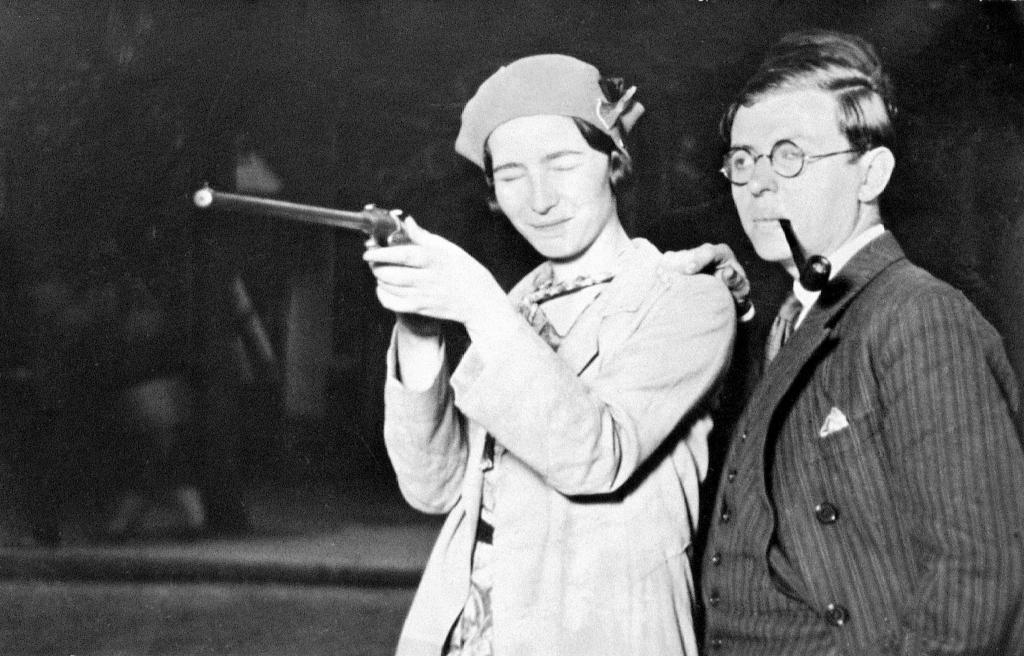An introductory shot that might be an outtake from A Clockwork Orange opens this interview with Michel Foucault, “lost,” we’re told by Critical Theory, “for nearly 30 years” before it appeared on Youtube last week. In it, Foucault discusses madness and his interest in psychology and psychopathology, repeating in brief the argument he made in Madness and Civilization, his 1961 work in which—through impressive feats of archival research and leaps of the imagination—Foucault attempted, as he wrote in his preface, “to return, in history, to that zero point in the course of madness at which madness is an undifferentiated experience, a not yet divided experience of division itself.”
Foucault explains this thesis more clearly above, pointing out that until the 17th century, so-called “mad” people lived and moved freely in European society. During the age of Enlightenment, however, they began to be shut up in asylums and hidden away. And not only the dangerously insane. “All socially worthless people, the troublemakers,” says Foucault, “were imprisoned.” In the 19th century, this phenomenon gave rise to the scientific discourse of psychiatry, and a rise in hospitals, sanitariums, workhouses, and virtual prisons for those understood to be mentally ill. “My thesis is this, “says Foucault: “the universality of our knowledge, has been acquired at the cost of exclusions, bans, denials, rejections, at the price of a kind of cruelty with regard to reality.”
Foucault gave the interview to artist and philosopher Fons Elders on Dutch TV in 1971 (the voice-over commentary is in Dutch and untranslated). Elders, you may recall, moderated a debate between Foucault and Noam Chomsky shortly after (and apparently paid Foucault partly in hashish). He is rebuffed here for seeking personal information from his subject: “Structuralists,” says Foucault—who along with Roland Barthes is credited, crudely, with the “death of the author” thesis—“are people for whom what counts in essence are systems of relations and thus not at all the lived individual experience of people.” Nevertheless, Foucault says, “I don’t see what I’ve been talking about for the past half an hour if not my personal life.” He does so without revealing any details, and there would be no need. In fact, Foucault agreed to the interview in a letter with the following stipulations, which Elders reads after the introduction.
Sir, I do not wish that during the television broadcast you want to devote to me, any biographical information be given any place. I consider indeed such information to have no importance for the subject matter at hand.
“Some have argued,” writes Critical Theory, “that Foucault’s work was, in a way, biographical.” His depression and homosexuality marked him to doctors at the time as mentally ill and one of the excluded. In many ways Foucault’s own life served as an experiment in radical rejection of the categories assigned him and other marginalized people, even in a society that thinks itself, he says, “very tolerant.” After their debate that year, Chomsky described Foucault as “totally amoral.” And yet, all of his work was predicated on a refusal to accept cruelty, suppression, violence, conquest, and mass imprisonment as the cost of European knowledge and power. If that isn’t a moral position, I don’t know what is.
Related Content:
Clash of the Titans: Noam Chomsky & Michel Foucault Debate Human Nature & Power on Dutch TV, 1971
Michel Foucault and Alain Badiou Discuss “Philosophy and Psychology” on French TV (1965)
Michel Foucault: Free Lectures on Truth, Discourse & The Self
Josh Jones is a writer and musician based in Durham, NC. Follow him at @jdmagness


